Hello everyone!
Welcome to Issue #47 of CAFÉ ANNE!
I got a lot of fun feedback about Leigh Altshuler and her used bookstore/pickle shop Sweet Pickle Books, profiled in Issue #46. Reader Tine, for example, had an excellent question about the NYC store’s display of snapshots found in the pages of used books coming into the shop: “Anne, did you happen to ask Ms. Altshuler whether visitors sometimes recognize people in the photos? Did any of the pictures get returned to their owners?”
I forwarded the question to Ms. Altshuler and she had a great response:
“Yes! Only one month after opening, a woman was shopping at the store (buying a handful of Garfield books. Just a detail I love!). After she checked out and began walking the 70 feet plus toward the door, she stopped in her tracks at the photo wall. She ran back to me, "How do you know this family!?" I explained I didn't and the photos were found in books. Turns out she babysat the boys 20 years ago, the youngest and her still in touch, now 25 and living in Beijing. He got in touch and is coming to grab the photo upon his return to the US!”
Meanwhile, referring to a section in the story about the pitfalls of reading while eating—Cheetos in particular—reader Luke C. in Bushwick emailed a suggestion:
“I wanted to note that there's a semi-robust precedent for eating Cheetos with chopsticks — there's even a mildly popular Facebook page dedicated to it. If you have a comfortable divan or generous loveseat, you could cradle a bag of Cheetos (I think family size would work best) in the crook of one arm to be eaten with chopsticks, holding the book with the other hand, like a madame at the height of the French elite's infatuation with Japan. I think it is apparent to all of us that Cheetos were always meant to be eaten oryoki-style.”
I’m also still hearing from readers about the NyQuil Chicken Experiment I conducted for Issue #44. The fumes nearly killed me and my dog, Minnie—we had to flee the apartment. Nika W. queried me on Twitter: “Reading your Nyquil Chicken story and wondering how is the dog!? Can we see The Dog?”
Nika, Minnie is very much alive as evidenced by this photo taken just a few days ago (I swearsville!) She may have considerably more gray on her face than before, however.
In other news, Substack featured CAFE´ ANNE last week in the October 12 issue of its “Grow” interview series. Now I am newsletter famous. Which is a little like being famous in Irkutsk, but I’m thrilled. Thank you Substack!
And speaking of thank you, gold-plated donut appreciation shoutouts to extremely attractive new paid subscribers Oleg, Carly, Jason, B.A., and Samantha. I hope you enjoy paying for what you are already reading for free!
A special thanks to reader Mark D., who sent his payment in the form of a mailed Costco gift card in his effort to force me to sample the meal bargains at the club chain’s food court. I am looking forward to this adventure and promise to share the details in a future issue.
I am very excited about this week’s issue, as usual. In addition to some weird trash photos and another rubber plant update, we’ve got a profile of Diane McDonald, NYC’s happiest supermarket cashier. Please enjoy.
Regards!
Anne
Weird Trash #23
It’s been a while since CAFÉ ANNE included any weird trash photos submitted by readers. But this week, we have an entire mini series, compliments of Pakelody C. in Prospect Heights. What in God’s name is going down in Central Brooklyn? Heartbreak Central, is more like it.
And then there’s this…
“The ballerinas and the cat photo were both along Eastern Parkway—across the street from the BK Museum!” Pakelody writes. “The bread was somewhere between Underhill and Vanderbilt. All in Prospect Heights! The bear was in the Franklin Ave/Medgar Evers subway (it was shocking to see)!”
Thank you Pakelody!
Please send your weird trash photo to annekadet@yahoo.com and I will include it in a future issue.
MY WILD BROOKLYN LIFE
Rubber Plant Update #6
When we last checked in with the rubber plant I’d given up for adoption last March on NextDoor, things had taken a strange turn.
As I reported in Issue #46, CAFÉ ANNE readers were demanding that Ann, the grandmother who lives around the corner and had kindly taken over the plant’s care, propagate the gangly-looking specimen by lopping off and replanting its head.
And while Ann initially agreed to the plan (the propagation idea was hers in the first place!) she suddenly started stalling, claiming she needed to do additional research before moving forward. Fair enough.
But last Monday, I got another update from Ann, and this one was a shocker.
I wrote back immediately:
But Ann did not respond. Perhaps she was overwhelmed with grief. Or maybe she was too busy dancing on its grave!
A few days later I sent another text. I thanked Ann again for all the care and energy she put into the plant and asked if she could provide any details for CAFÉ ANNE readers about how she disposed of the plant’s remains.
This time she replied, and with good news!
Wowza! My understanding is that it is best to propagate a plant before it dies. But you really can’t beat this strategy for daring and originality. Will our not-so-leafy friend stage a comeback? I’ll keep you posted…
FEATURE
Meet NYC’s Happiest Supermarket Cashier!
I’ll never forget the first time I met Diane McDonald. I’d just had my long brown hair chopped short as a boy’s and bleached white-blonde. On the way home, I stopped at Key Food, the little supermarket around the corner, to get me some chicken. Ms. McDonald rung me up. “WOW!” she said. “Your hair is FANTASTIC! You look STUNNING!”
Hurrah! I’m sure how you can imagine how great I felt leaving the store. The new look was a big change for me, and Diane provided all the reassurance I needed. I’d never seen her before—she was a new hire. How did she know I needed the compliment?
Every time I stopped by the family-owned grocery after that, I saw Diane working at register one. She always had a big smile and a question or compliment for everyone who came through her line.
I finally asked Diane what her deal was. “You sure seem to be having a good time,” I remarked.
“Well,” she replied, “this is my fun job!” And she told me some of her backstory. She had just retired from a long career overseeing spiritual care at hospices and nursing homes. She didn’t need the part-time job—she was ringing up groceries for the sheer pleasure of greeting customers.
Huh! I worked as a supermarket cashier for two years in high school and believe me, I did not consider it my “fun job.” There was something about this lady.
Soon after Diane started at the store, in fact, many of the other cashiers, some of whom could be downright sour, got a lot more friendly. It was almost as if they saw what a good time Diane was having and wanted to get in on the fun.
I recently remarked to the supermarket’s owner about how sweet the clerks had become over the summer. “Diane!” he murmured. I swear, he looked a little dreamy saying her name.
In a small way, Diane had single-handedly transformed a store that thousands of Brooklyn Heights shoppers frequent several times a week. No minor feat! Last week, I stopped by register one and asked her if I could interview her for my blog.
We met a few days later for a morning coffee at Joe on Hicks Street, and talked for a good long while. Afterwards, she invited me to see her home in the Behr Mansion at the corner of Henry and Pierrepont, a building famously converted from its original use as the family home of a wealthy 1860s industrialist to a brothel to a monastery to its current incarnation as an apartment house. I’d have never imagined she lived there. But as I came to learn, it couldn’t be a more suitable abode for our heroine.
Diane, who is 67, grew up in a wealthy, Irish Catholic family outside Detroit, one of six daughters. She wanted to be a NYC Rockette. Instead she dropped out of high school and married young. She was 22 and the mother of three sons ages 2, 4 and 5 when her husband walked out on her.
Refusing her parents’ help and determined to keep the house she and her ex-husband built, she got a bartending job at the tavern across the street. She worked the 7 pm-2 am shift while a neighbor came over to keep an eye on the boys. In the mornings, after five hours of sleep, she fed her sons breakfast and took them around as she cleaned houses for extra money. This went on for years.
“I ended up in the hospital a couple of times because I was exhausted,” she said. “But I managed to keep my house.”
The bar was frequented by engineer types from General Motors. One night, one of the regulars—a man 14 years her senior—offered a proposal.
“He was divorced, his wife would never give him any children, and he wanted to be a dad,” she said. “He said to me, ‘You've been hurt, I’ve been hurt. How about we get together? I'll help you raise your kids, and you can help take care of me.’”
They were married 24 years—he died several years ago after a struggle with early dementia.
“He was exactly what we needed,” said Diane. “And my boys look at him as their dad. You know, they always have. And my new great-granddaughter has his name—Ray. She’s Nora Ray!”
When her youngest child hit fifth grade, Diane resumed her own education. She and her son graduated college at the same time—she got her B.A. in theology. She went on to earn her masters and completed a fellowship in thanatolgy. That’s a new word for me—it’s the study of death!
“Have you spent a lot of time with people who were dying?” I asked.
“Oh yeah!” she said. “That’s been my career! Every day, I spent time with people who were dying. I know that every minute that goes by, we’re heading towards our end, not our beginning.”
No longer Catholic but identifying as spiritual, she led palliative care teams, designed and taught death education classes, worked as a bereavement and grief counselor and as a hospice service director. She’s worked in Detroit’s jails and homeless shelters along with some of the area’s ritziest senior homes.
Her greatest moment, she said, was accompanying a man to visit his dying mother in the hospital. The two hadn’t spoken in eight years. Diane told him, “I’m going to tell you what to do. You’re going to lay on the bed. You’re going to hold your mother. And I’m going to be on the other side. And you’re going to repeat after me, alright?”
The man, following her instructions, got on the bed and told his mother how much he loved her, how much she meant to him, and he kissed her. “She turns her cheek over to him so their lips could touch,” recalled Diane. “And then she died.”
“God put me where I needed to be for those two to have that moment,” she said. “It’s a real privilege. It’s a high. I am blessed. I don’t know why, and it’s not for me to know.”
Her last gig was a six-figure executive job working 80-hour weeks at a big nursing home in Livonia, Michigan through Covid. The “meat trucks,” as she called the cold storage vehicles used to store all the dead bodies, were parked right outside her office. In summer 2021, her sons finally persuaded her to retire. Diane had recently gotten remarried to a retired judge. Last fall, they left Michigan and moved to Brooklyn Heights, a neighborhood she’d long eyed—during frequent trips to New York City—as a retirement destination.
“There’s such a peace for me here, I can’t tell you,” she said. “I can’t make you feel what I feel. But the history, the architecture, the grittiness, the people, the eclecticness, the aliveness—all describes me! It’s just so lively. It’s just where I want to be.”
After she made the move from Michigan suburbs to the big city, she got a job offer from prestigious Mt. Sinai hospital. It wanted someone to contact the families of people dying of covid to see if they’d donate their loved one’s brain for research.
“Is that a fun job?” I asked.
“It is for me!” she said. “I would have had a ball!”
Still, it was longer hours and more responsibility than she wanted. One day, on the spur of the moment, she stopped by the Key Food supermarket to ask if there were any openings. “I live around the corner,” she said. “I’m a good employee. I can learn!”
Now, Diane works about 25 hours a week, always at register one, earning the city’s minimum wage—$15 an hour.
And she’s having a great time. She refers to the little supermarket as a “jewel” and her cashier work as a privilege.
“There’s nowhere better in the Heights to get to know people than at the market,” she said. “They need food? They’ve got to come to me!”
“I meet so many different people,” she continued, “and they tell me what they do, where they've been, some of their history, some of their joys, some of their disappointments. And I can do this all at my leisure.”
She hears a lot of sad stories. She recently noticed a chef from a high-profile Manhattan restaurant come in looking down. “I knew right away, something was off,” she said. “I said, ‘So what's wrong?’ He just started crying. He said, ‘I lost my brother today.’ And he just couldn't hold it together. So I came around the register and gave him a big hug. Everyone's like, ‘What?’ You know, I'm sure they weren't used to that. But I don't care!”
Her favorite customers are the very old and the very young, she said. Some are more challenging than others. “What I feel like I shine at, is that I can get someone who's coming into the market, who seems like they're crabby and having a bad day, to smile and laugh,” she said. “So it's kind of like a game. When I hear ‘Oh, that customer is really crabby!’ I'll say, ‘Oh, yeah? You need to kill them with kindness. Watch and see what happens!”
“Do you actually make bets with the other cashiers?” I asked.
“No, she said. “But I try to be a good role model. I’m probably one of the older ones, I’m sure you’ve noticed that.”
I next dropped the question I’d wanted to ask since the interview started: “Can any job be a fun job?”
Diane is realistic. What makes the job fun, she admits, is that she doesn’t have to do it. But there’s a second element that can make any job a little more fun, and that’s doing it for the right reason. For Diane, it’s about making everyone’s day a little better. Her familiarity with death is a big motivator.
“I could walk out of this coffee shop right now and get hit by a car. How will I want people to remember me?’” she said. “Do I want them to remember me as a big sour puss, and that I didn't enjoy my life, or didn't get to do what I wanted to do?”
“I always go back to Jackie Robinson, who was a huge, huge inspiration for me growing up,” she continued. “He always said, ‘You never know the impact that you're going to have on another person's life. You just don't know.’ So that is what's important. How do you impact another person's life? What kind of impact do I want to leave with people?”
“I have my sad moments, I'm human,” she said. “But I always try to look at the bigger picture.”
“What do you think happens when we die?” I asked.
“In my own opinion,” she said, “I believe that if we do not become unconditionally loving—to be able to look at anyone and emote unconditional love—you have to come back until you get it right! And God only knows what that’s going to look like!”
Diane says she’s got the unconditional love thing all figured out, so maybe her next stop will be at that big register one in the sky. But my hope is that she’ll keep gracing our local supermarket for a good long while.
CAFÉ ANNE is a free weekly newsletter created by Brooklyn journalist Anne Kadet. Subscribe to get the latest issue every Monday!







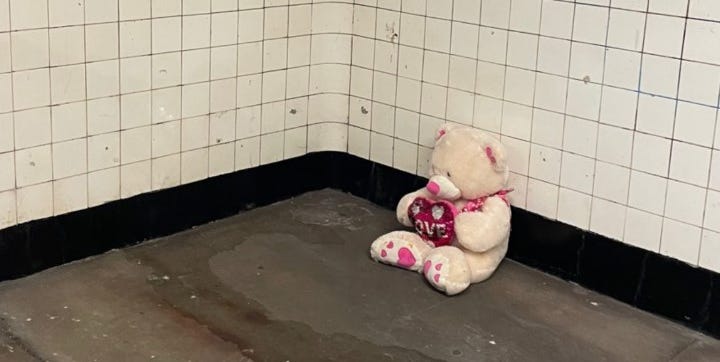
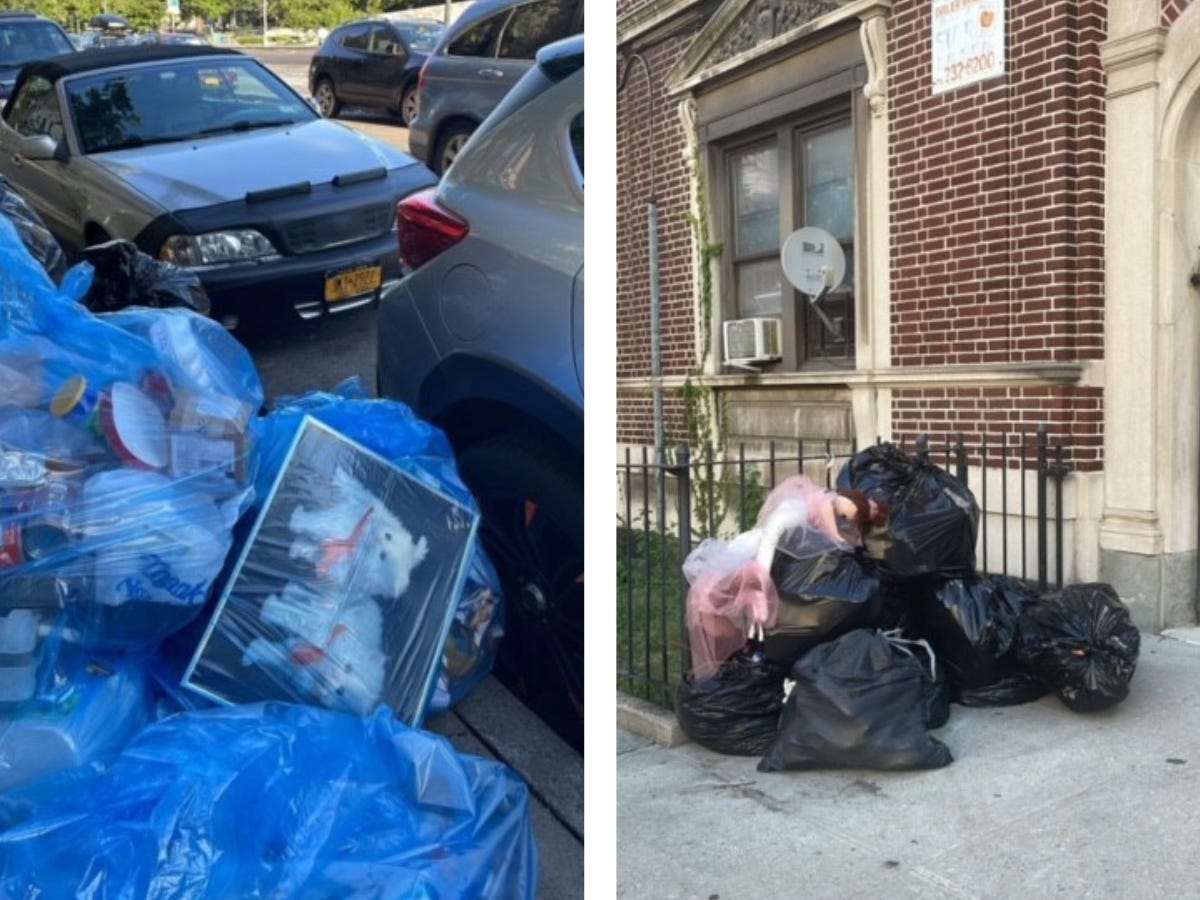
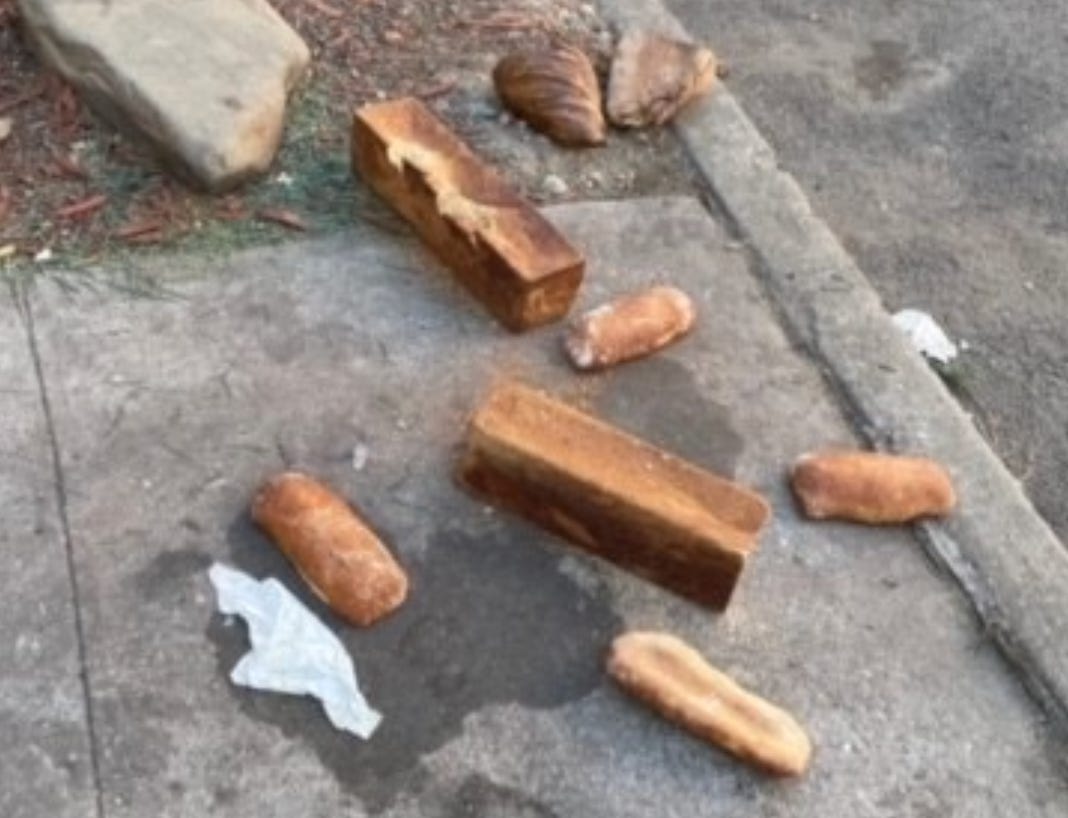
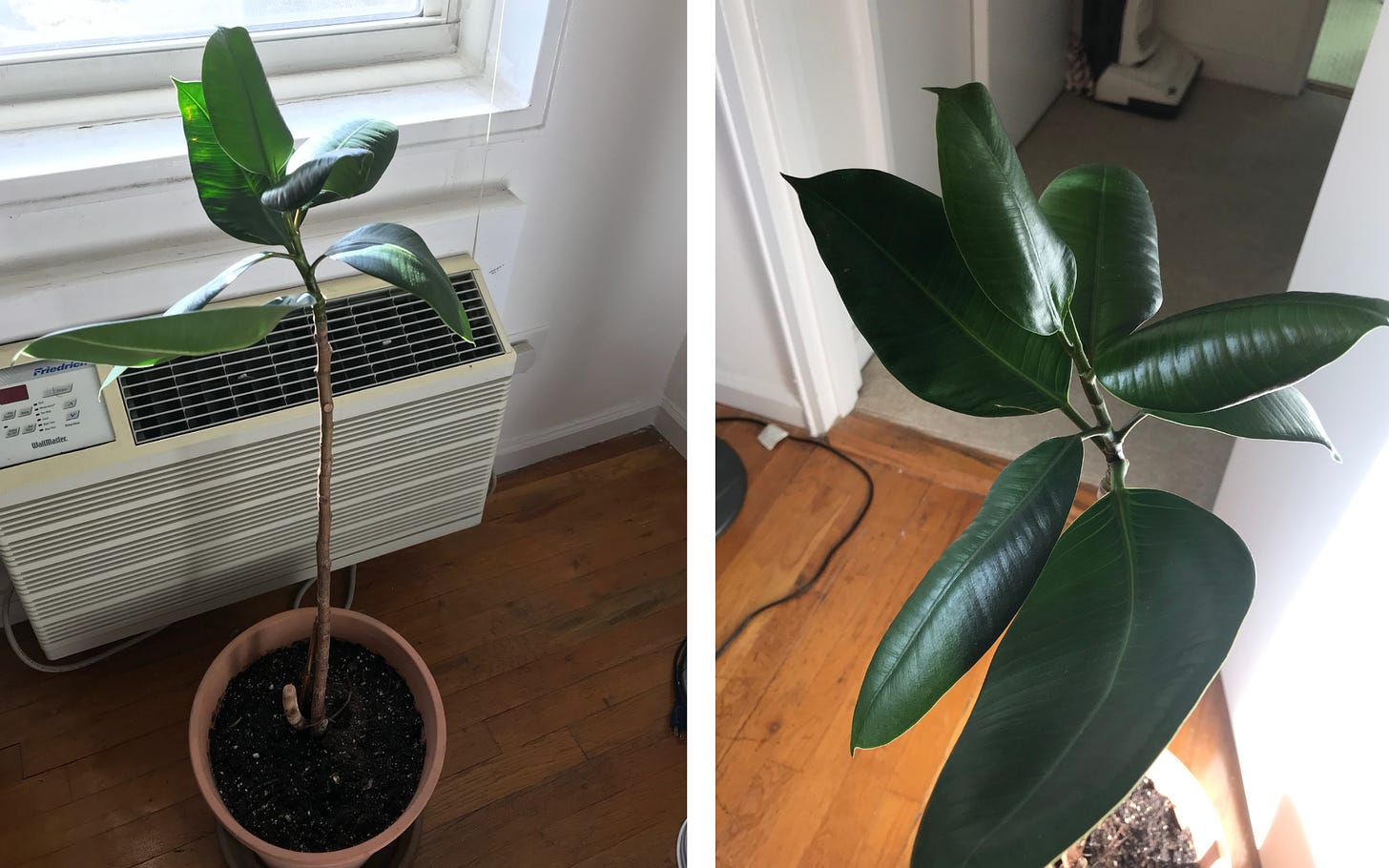
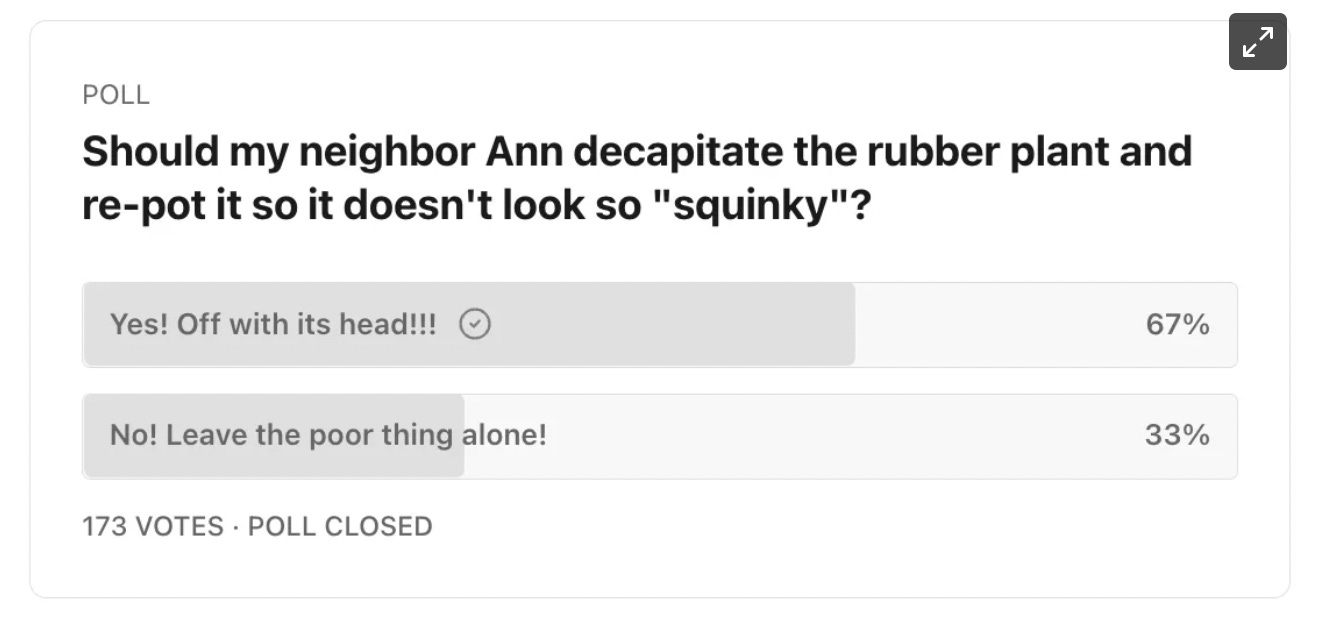
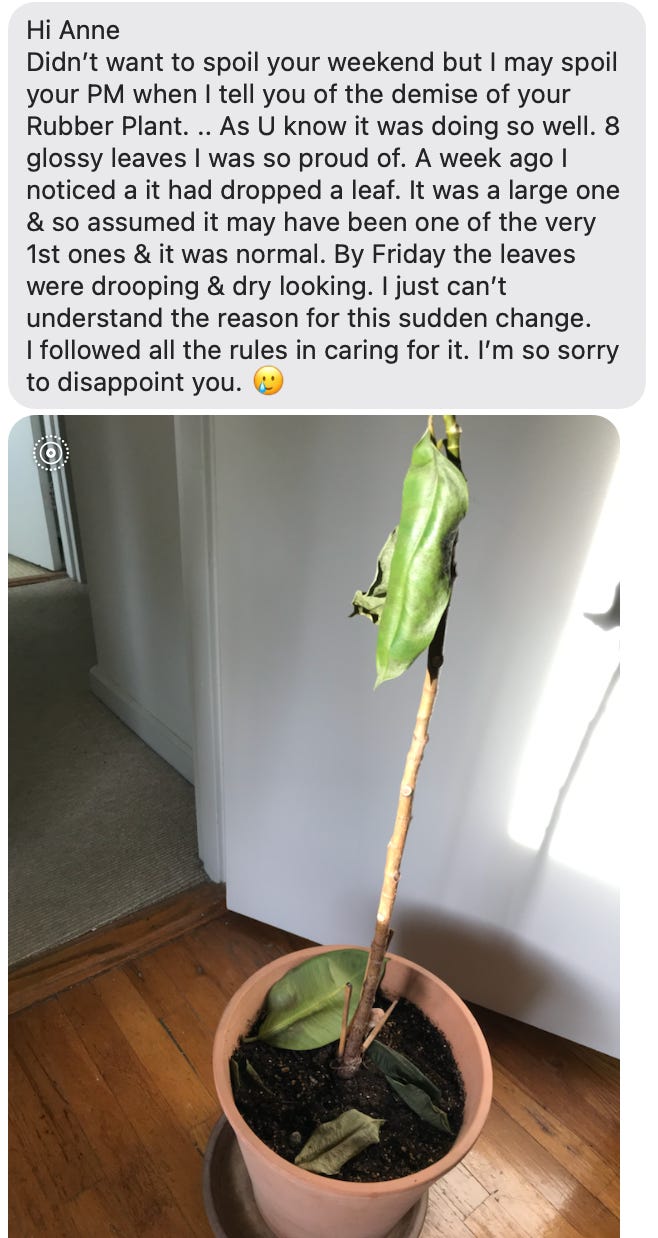


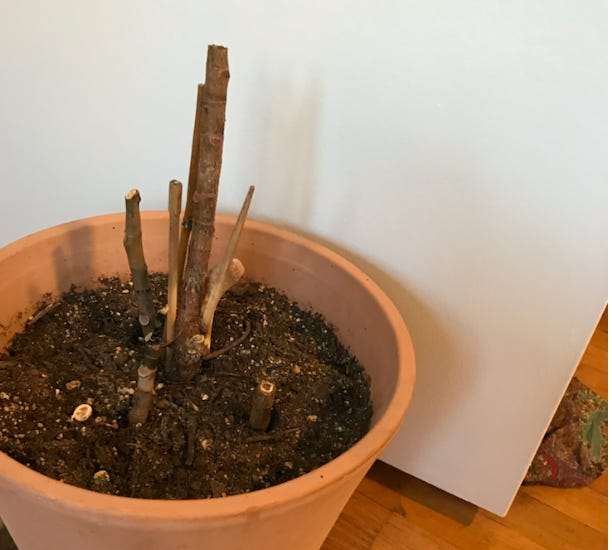
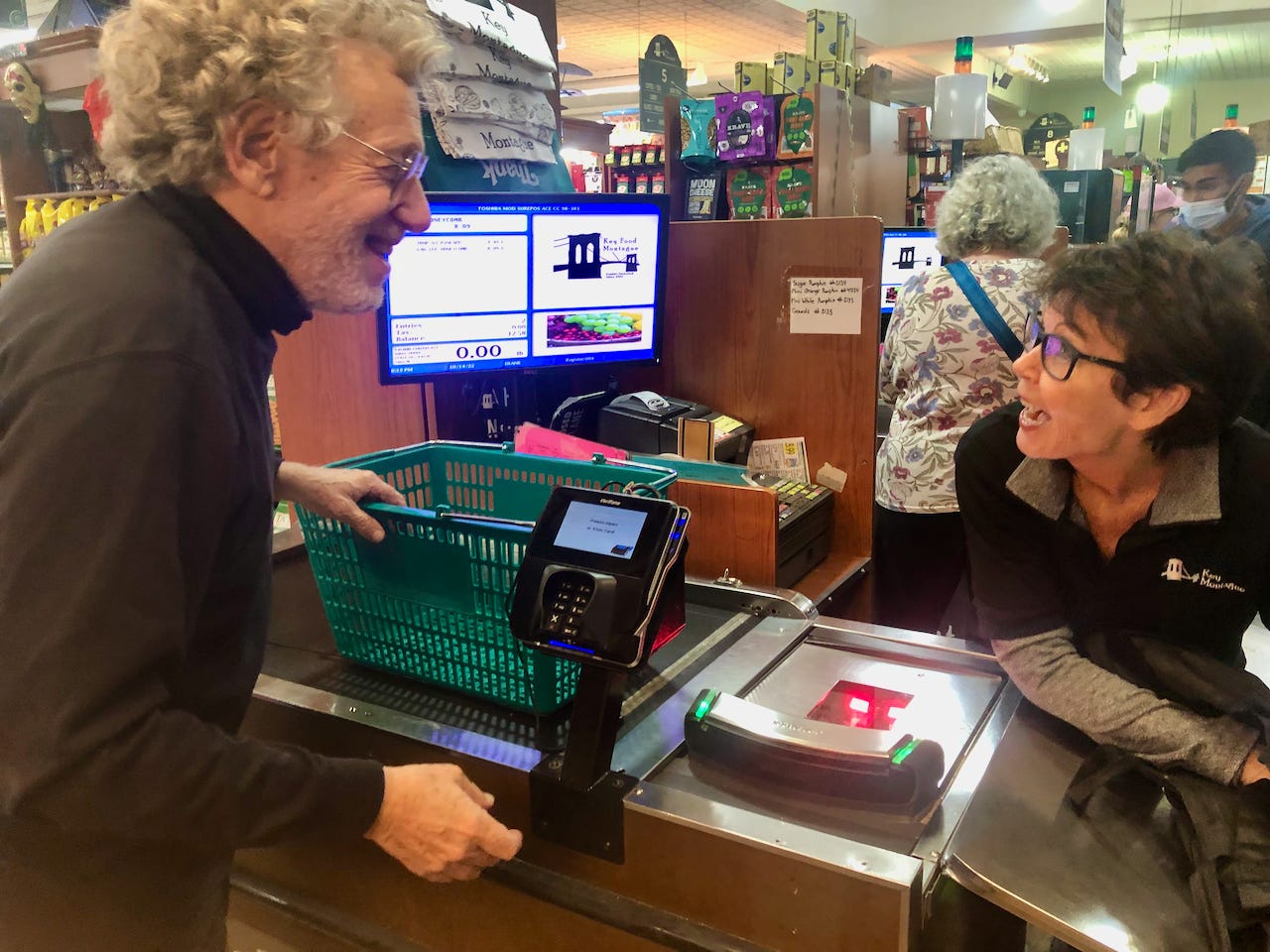
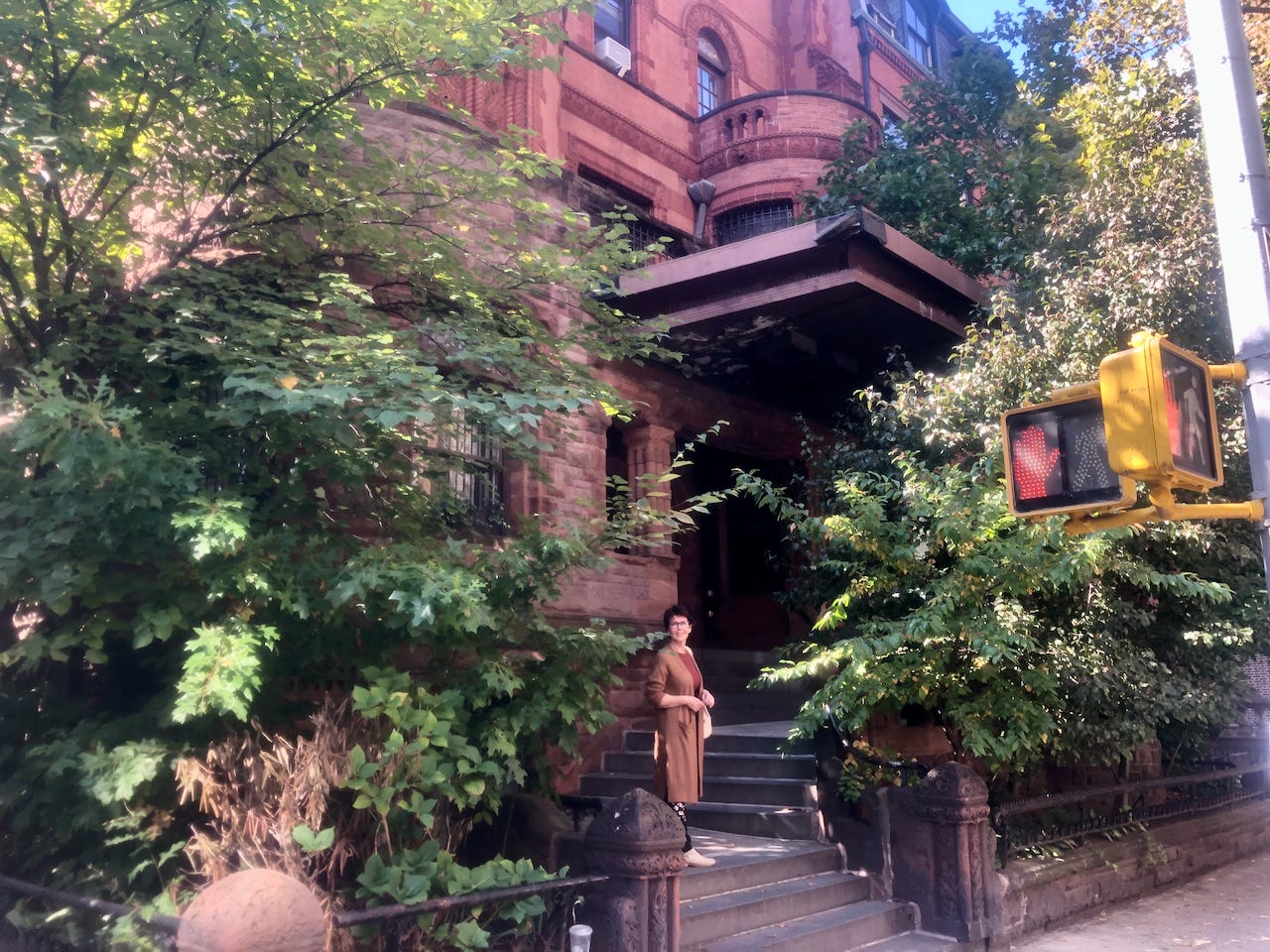

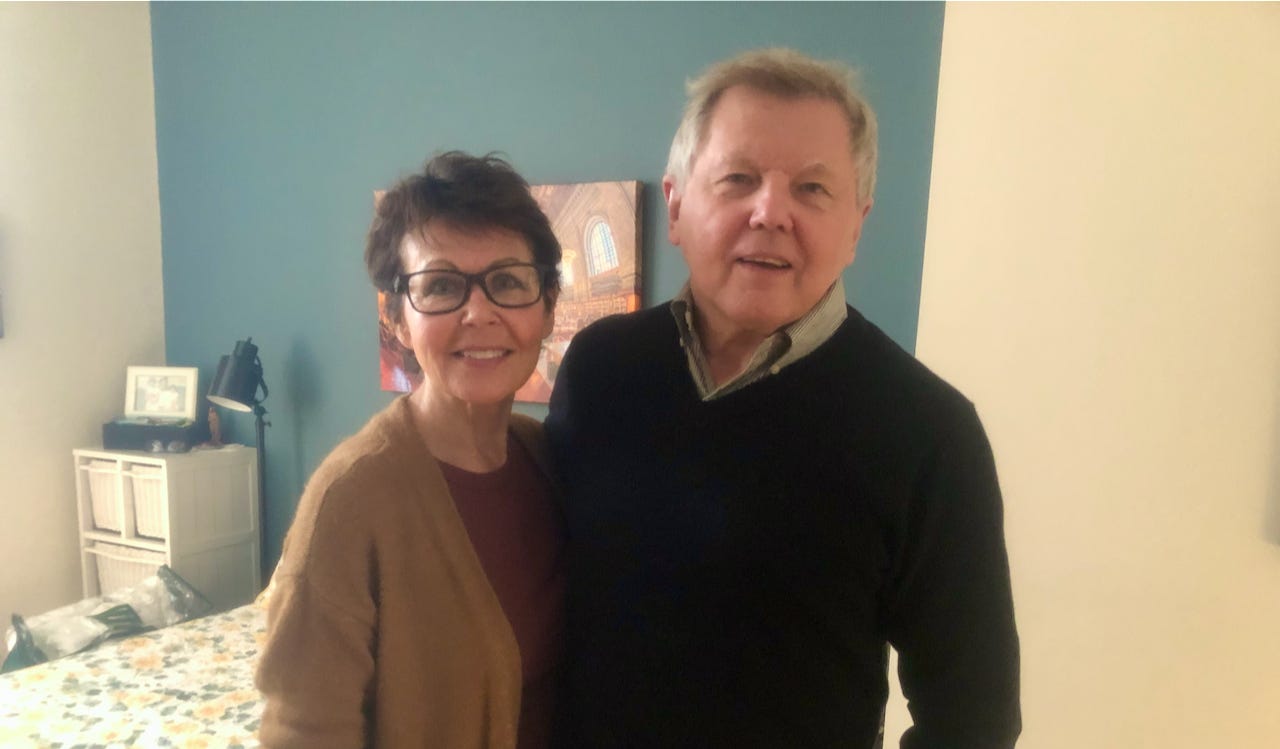
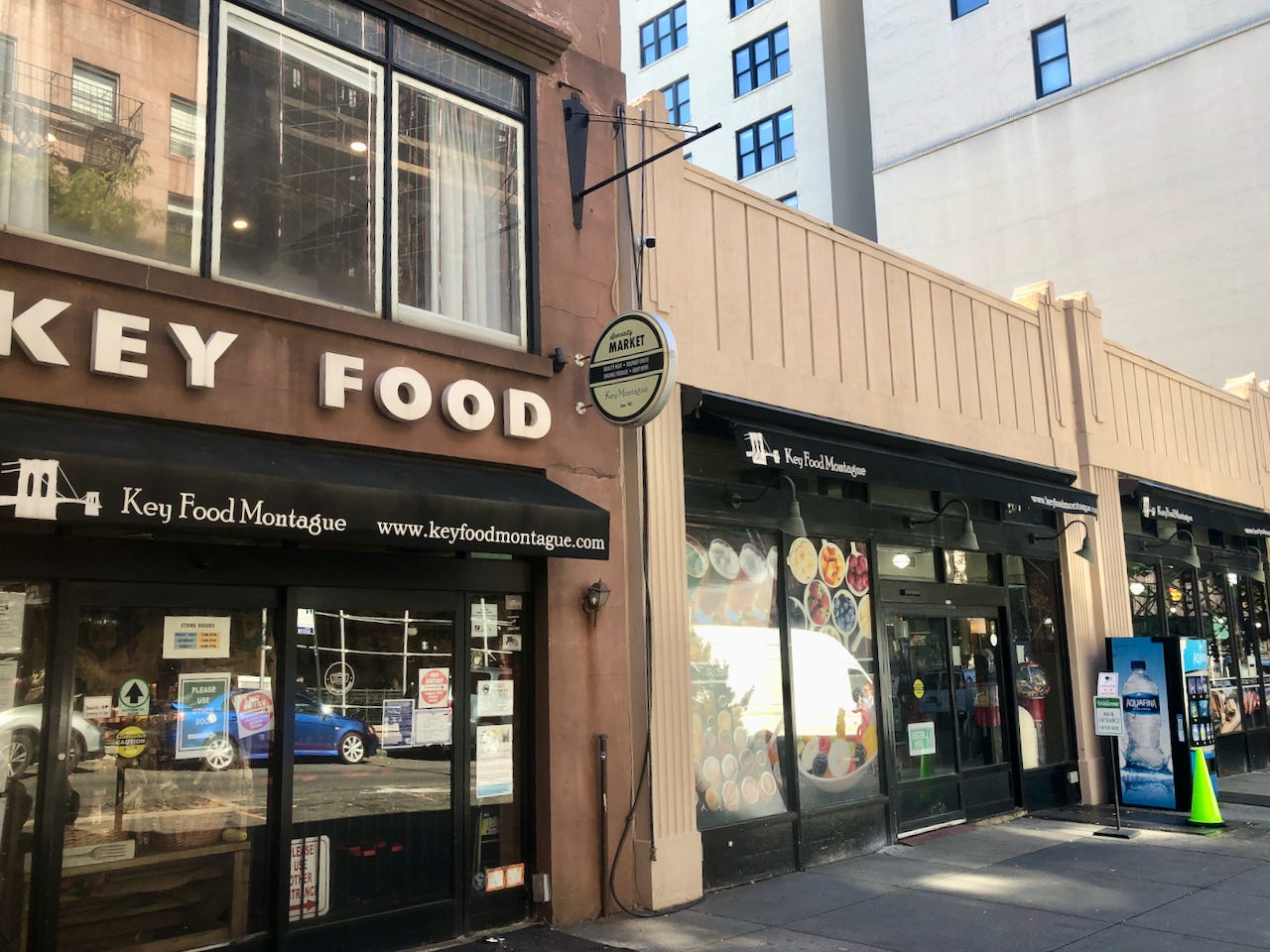

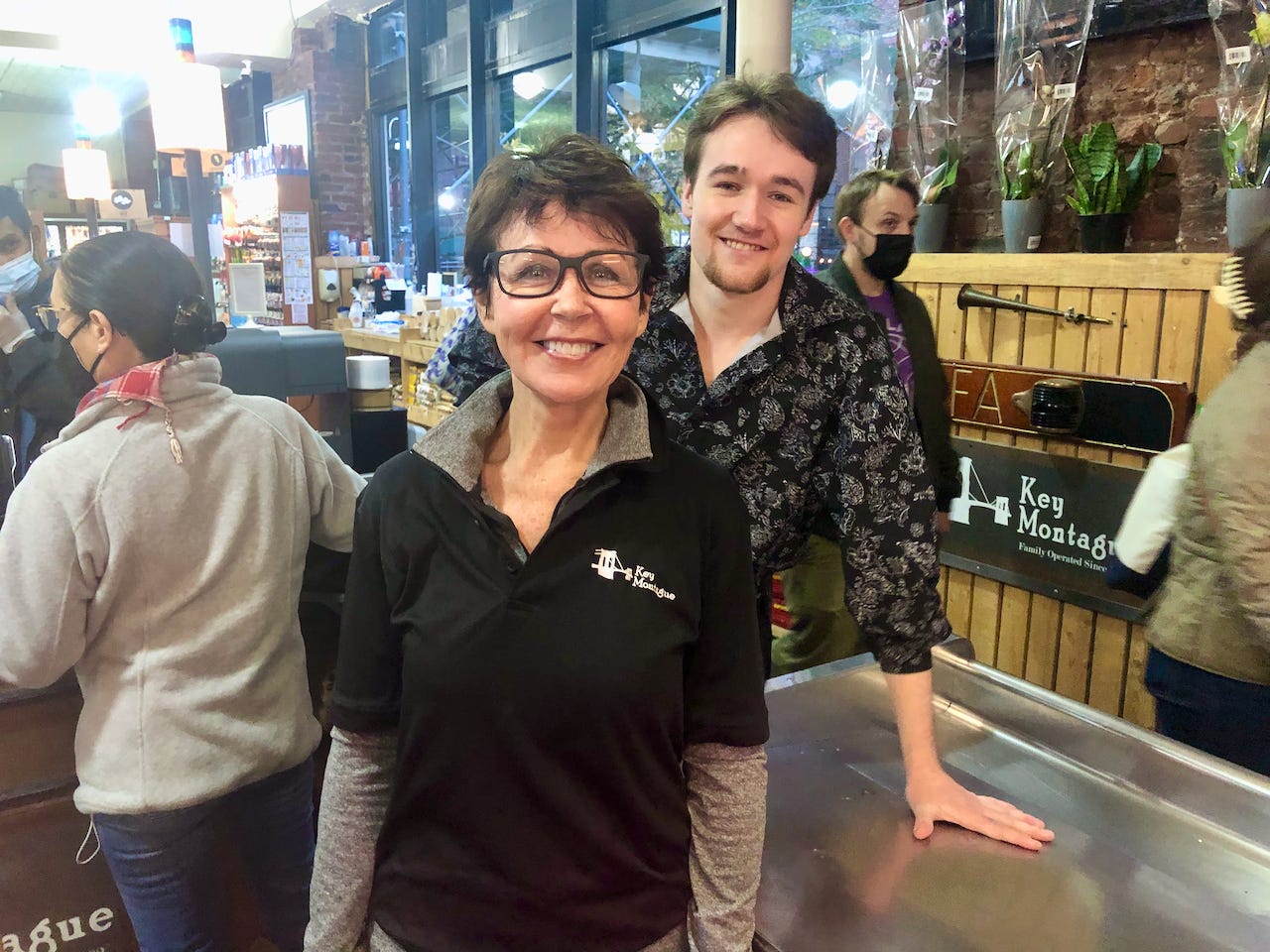
Loved reading this! Just the uplift and inspiration I needed today. Thanks!
Anne and Diane are amazing! Check out Diem Eatery in Brooklyn Heights, they have incredible banh mis, gelato, and a hidden door.